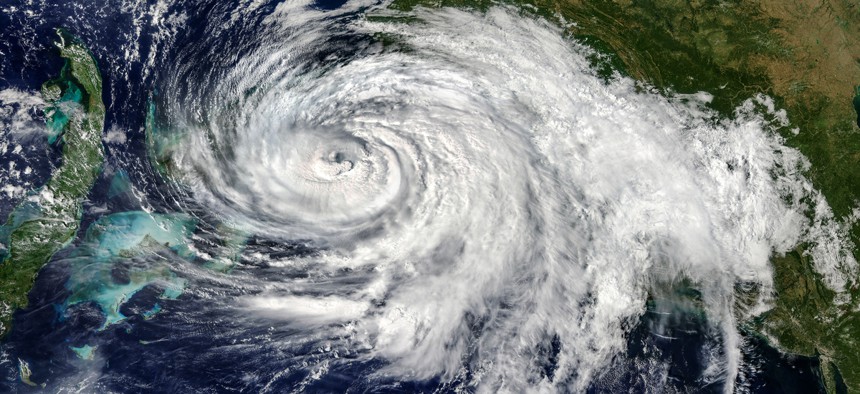NOAA Launches Supercomputing Upgrade to Beef Up Weather Forecasts

berni0004/Shutterstock
The agency is replacing existing systems with two new, more powerful Cray computers.
In the meteorological community, it’s well-chronicled that Europe’s weather prediction model historically produces some of the most accurate climate forecasts on Earth and also performs, on average, better than the American model that’s run by the National Oceanic and Atmospheric Administration. This was demonstrated in 2012 when Europe’s model correctly predicted that “Superstorm” Sandy, a category 3 hurricane, would turn to hit—and eventually devastate—the United States’ East Coast and not remain at sea days before America’s model did so.
But NOAA aims to take that global top spot in weather prediction. In a deliberate effort to reclaim supremacy in high performance computing to support weather forecasting, the agency unveiled plans this week to triple its climate-focused supercomputing capacity.
NOAA aims to replace four of its existing systems with two new Cray computers that each have a 12 petaflop capacity and will be ready to execute forecast model upgrades by 2022. One petaflop equals a quadrillion operations per second.
“We are committed to put America back on top of international leadership with the best weather forecasts, powered by the fastest supercomputers and world-class weather models,” acting NOAA administrator Neil Jacobs said in the announcement.
Together with the the agency’s other research and development supercomputers, NOAA’s operational prediction and research efforts will be supported by 40 petaflops in supercomputing capacity. This increase in computing capabilities “will triple the capacity and double the storage and interconnect speed,” and allow NOAA to offer “better forecast model guidance through higher-resolution and more comprehensive Earth-system models, using larger ensembles, advanced physics, and improved data assimilation,” the announcement said. The increased computing capacity will also support advances the agency hopes to make through its Earth Prediction Innovation Center, or EPIC, which NOAA recently launched to strategically accelerate improvements across America’s climate and weather models.
“Through EPIC, we have an opportunity to regain our footing as a world leader in global weather prediction,” Jacobs said.
NEXT STORY: 8 Tips to Make Your Gadget's Battery Last Longer






